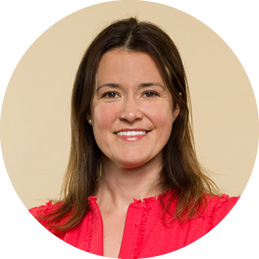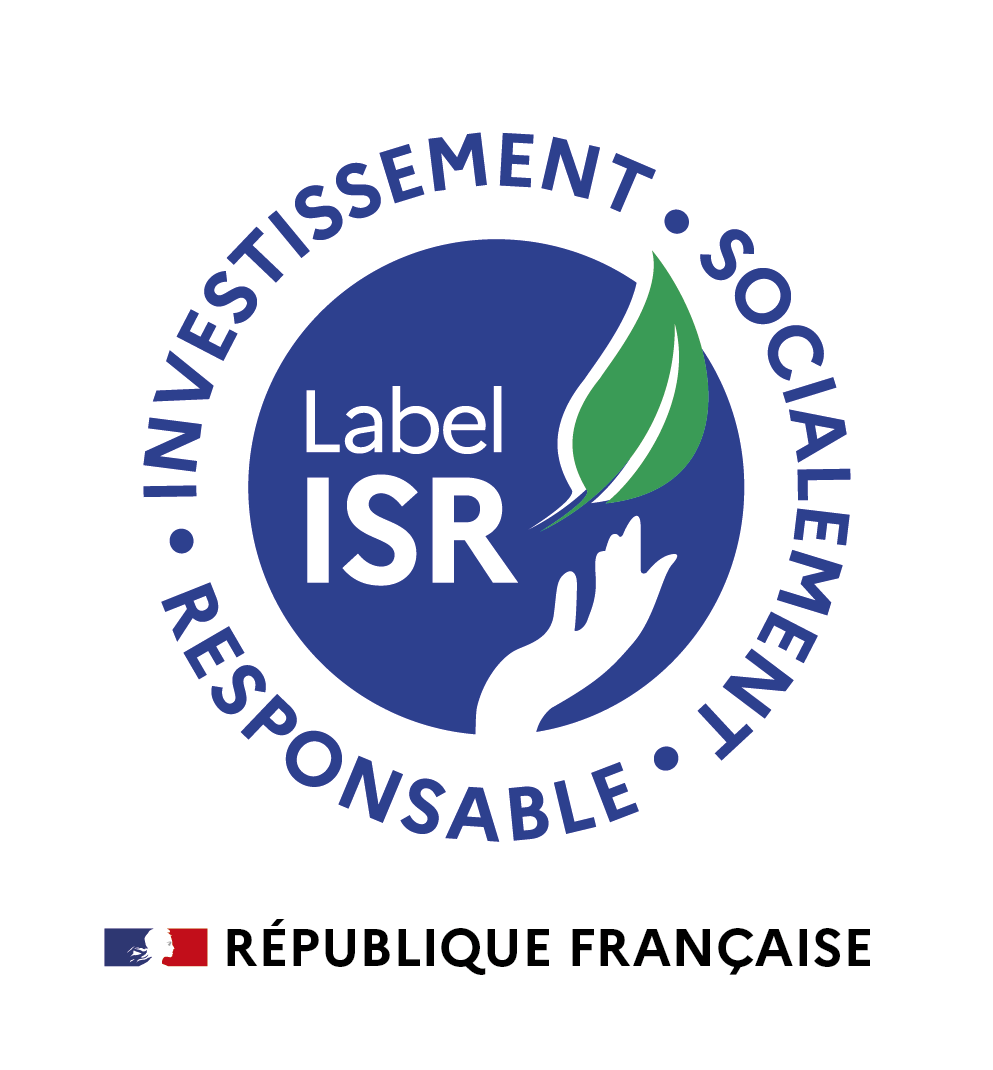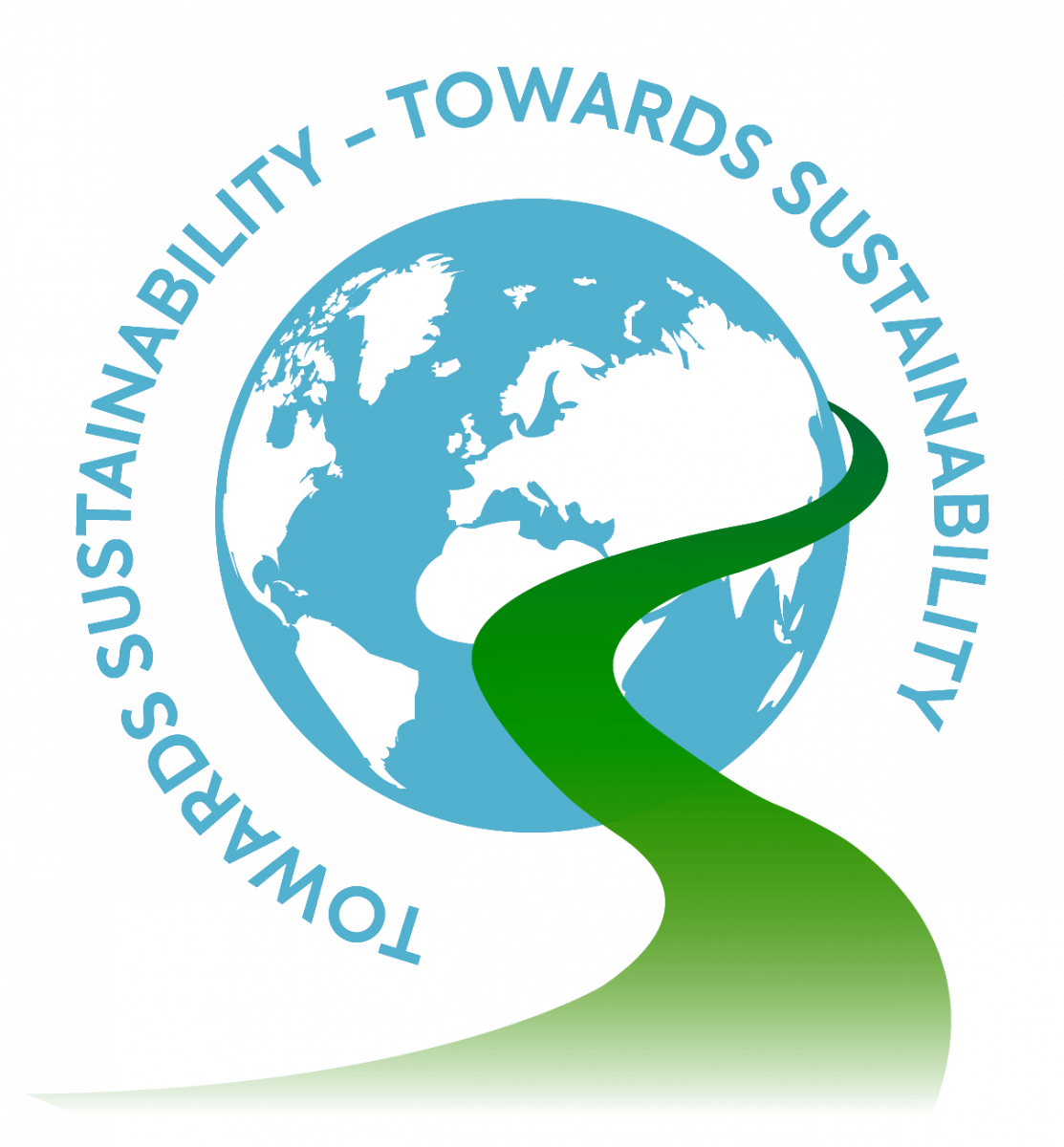
Important information
© 2022 Morningstar. All Rights Reserved. The information contained here: (1) is proprietary to Morningstar and/or its content providers; (2) may not be copied or distributed; and (3) is not warranted to be accurate, complete or timely. Neither Morningstar nor its content providers are responsible for any damages or losses arising from any use of this information. Past performance is no guarantee of future results. For more detailed information about the Morningstar Rating, including its methodology, please go to: https://s21.q4cdn.com/198919461/files/doc_downloads/othe_disclosure_materials/MorningstarRatingforFunds.pdf
© 2022 Sustainalytics. All Rights Reserved. The information, data, analyses and opinions contained here: (1) includes the proprietary information of Sustainalytics; (2) may not be copied or redistributed except as specifically authorized; (3) do not constitute investment advice nor an endorsement of any product or project; (4) are provided solely for informational purposes; and (5) are not warranted to be complete, accurate or timely. Sustainalytics is not responsible for any trading decisions, damages or other losses related to it or its use. The use of the data is subject to conditions available at https://s21.q4cdn.com/198919461/files/doc_downloads/press_kits/2016/Morningstar-Sustainability-Rating-Methodology.pdf .
Legal documents
About this fund
Equities of companies in the field of oncology (cancer research, diagnosis, treatment, etc.) whose registered offices and/or principal activities are throughout the world.
Investment strategy:
The fund seeks to achieve capital growth by investing in the principal assets traded and to outperform the benchmark while also generating a positive social impact over the long term, by selecting companies that address certain societal challenges and mobilise resources in the fight against cancer.
The management team makes discretionary investment choices based on economic/financial analyses, but also on the basis of Candriam's internal analysis of environmental, social and governance (ESG) criteria.
There are several strands in the selection of securities: a thematic filter, a clinical analysis and a fundamental analysis.
The thematic filter only accepts companies with a sufficient exposure to oncology and the battle against cancer in general, for example in areas such as treatments, diagnostic tools, medical equipment and services, and dedicated technologies.
The clinical analysis aims to assess the quality of the available clinical data and to use only companies found to be convincing in this respect.
The fundamental analysis focuses on those companies scoring the highest in five criteria: quality of management, growth potential, competitive advantage, value creation and indebtedness.
To achieve its social objective, the fund seeks to outperform the benchmark in two social indicators (i) research and development spending as a proportion of the company's market capitalisation and (ii) the level of education of management teams, measured as the percentage of senior executives holding a doctorate, with the aim of evaluating the human and financial resources mobilised by the companies in the battle against cancer.
The issuers are evaluated on the basis of an analysis of their activities (to assess how their activities relate to the battle against cancer) and stakeholders (how the companies manage the main considerations concerning stakeholders such as human resources, the environment, etc.).
In particular, the fund aims not to select companies with the lowest ESG scores, and to focus the investments on companies which deliver solutions in the field of oncology. The analysis of ESG aspects is therefore included in the selection, analysis and global evaluation of companies. The fund also aims to exclude investments in companies which do not respect certain recognised international standards and principles, or which are significantly exposed to certain controversial activities, or which work with countries considered to be the most oppressive. The analysis of ESG aspects depends on the availability, quality and reliability of the underlying data. It is therefore possible that the management teams is unable to select a company with an attractive financial valuation. The analysis and selection process is also accompanied by active involvement, in particular dialogue with companies and voting as the shareholder at AGMs. For more information, please see the management company's website and/or the prospectus.
The fund may make use of derivative products for both investment and hedging purposes (to protect against future unfavourable financial events).
Benchmark: MSCI World (Net Return).
The fund is managed actively and the investment approach implies a reference to a benchmark (the index).
Benchmark definition:
The index measures the performance of the large and mid capitalisation equity segment across developed markets countries.
Use of the benchmark:
- as an investment universe. In general, the financial instruments of the sub-fund are mostly contained in the index. However, investments outside this index are authorised;
- in determining risk levels/parameters.
As the fund is managed actively, it does not aim to invest in each component of the index nor to invest in the same proportions as the components of the index. In normal market conditions, the expected tracking error of the fund will be large, i.e. above 4%. This measure is an estimation of the divergence of the fund’s performance compared to the performance of the benchmark. The greater the tracking error, the greater the deviations from the index. The actual tracking error depends in particular on market conditions (volatility and correlations between financial instruments) and may therefore differ from the expected tracking error.
Investment Team


Other information
This is a marketing communication. Please refer to the prospectus of the funds and to the key information document before making any investment decision. This marketing communication does not constitute an offer to buy or sell financial instruments, nor does it represent an investment recommendation or confirm any kind of transaction, except where expressly agreed. Although Candriam selects carefully the data and sources within this document, errors or omissions cannot be excluded a priori. Candriam cannot be held liable for any direct or indirect losses as a result of the use of this document. The intellectual property rights of Candriam must be respected at all times, contents of this document may not be reproduced without prior written approval.
Warning: Past performance of a given financial instrument or index or an investment service or strategy, or simulations of past performance, or forecasts of future performance does not predict future returns. Gross performances may be impacted by commissions, fees and other expenses. Performances expressed in a currency other than that of the investor's country of residence are subject to exchange rate fluctuations, with a negative or positive impact on gains. If the present document refers to a specific tax treatment, such information depends on the individual situation of each investor and may change.
In respect to money market funds, please be aware that an investment in a fund is different from an investment in deposits and that the investment’s principal is capable of fluctuation. The fund does not rely on external support for guaranteeing its liquidity or stabilizing its NAV per unit or share. The risk of loss of the principal is borne by the investor.
Candriam consistently recommends investors to consult via our website https://www.candriam.com the key information document, prospectus, and all other relevant information prior to investing in one of our funds, including the net asset value (“NAV) of the funds. Investor rights and complaints procedure, are accessible on Candriam’s dedicated regulatory webpages https://www.candriam.com/en/professional/legal-information/regulatory-information/. This information is available either in English or in local languages for each country where the fund’s marketing is approved.
According to the applicable laws and regulations, Candriam may decide to terminate the arrangements made for the marketing of a relevant fund at any time.
Information on sustainability-related aspects: the information on sustainability-related aspects contained in this communication are available on Candriam webpage https://www.candriam.com/en/professional/sfdr/. The decision to invest in the promoted product should take into account all the characteristics or objectives of the promoted product as described in its prospectus, or in the information documents which are to be disclosed to investors in accordance with the applicable law.Notice to investors in Switzerland: The information provided herein does not constitute an offer of financial instruments in Switzerland pursuant to the Swiss Financial Services Act ("FinSA") and its implementing ordinance. This is solely an advertisement pursuant to FinSA and its implementing ordinance for financial instruments.
Swiss representative: CACEIS (Switzerland) SA, Route de Signy 35, CH-1260 Nyon. The legal documents as well as the latest annual and semi-annual financial reports, if any, of the investment funds may be obtained free of charge from the Swiss representative.
Swiss paying agent: CACEIS Bank, Paris, succursale de Nyon/Suisse, Route de Signy, 35, CH-1260 Nyon.
Place of performance: Route de Signy 35, CH-1260 Nyon.
Place of jurisdiction: Route de Signy 35, CH-1260 Nyon.



ESG Assessment
This fund has a sustainable investment objective. It invests in economic activities contributing to an environmental and/or social objective. To achieve this objective, the management team makes discretionary investment choices based on an economic/financial analysis process and an internal analysis of environmental, social and governance (ESG) criteria.
a. ESG selection criteria:
For corporates, the internal analysis of ESG criteria consists in selecting the issuers:
• that are the best positioned to meet the challenges of sustainable development;
• that comply with the principles of the United Nations Global Compact (i.e. human rights, labour law, the environment, anti-corruption), and which are therefore less exposed to the risks associated with these themes; and
• that are not engaged in controversial activities such as armament (securities of a company whose activity consists of manufacturing, the use or possession of anti-personnel mines, cluster bombs and/or depleted uranium weapons), tobacco, thermal coal.
For sovereign issuers, the internal analysis of ESG criteria consists in selecting:
• Countries that perform best across our four categories of sustainable development criteria: Human Capital, Natural Capital, Social Capital and Economic Capital;
• Countries that are not part of our highly Oppressive Regimes or dictatorships, based on the Freedom House Freedom in the World Index and the World Bank Voice & Accountability Index.
b. Selection methodology:
The companies selected by the management company are subject to a dual analysis:
• Analysis of their activity to assess their alignment with the major challenges of sustainable development. For example, regarding the transition to a circular economy, the management company will consider a company producing recycled steel to be more sustainable than a company producing steel exclusively from iron ore; and
• Analysis of how the company manages players interacting with the company: its employees, its customers, its shareholders, its suppliers and the environment. Here too, the management company will favour companies that adopt the most sustainable practices given their sector. For example, with regard to relations with its clients, the management company will favour pharmaceutical companies with balanced pricing practices and commercial policies. Similarly, with regard to relations with their employees, the management company attaches great importance to the fight against discrimination and compliance with social standards.
Our sovereign investible universe consists of those countries which perform best across our four categories of sustainable development criteria:
• Natural Capital: stock of naturel resources managed by the country;
• Social Capital: trust, norms and institutions which people can rely on to solve common problems and create social cohesion;
• Human Capital: human productivity to which the country participates through education and other initiatives;
• Economic Capital: assessing the level of economic activity viability.
c. A team of ESG analysts is responsible for assessing the selection criteria:
The analysis and selection of sustainable investments is carried out by a dedicated team of ESG analysts within Candriam. This team is made up of specialists whose mission is to analyse the exposure of companies and governments to the risks and opportunities associated with sustainable development.
Selection criteria are expected to evolve over time, based on advances in ESG research and changes in company practices.